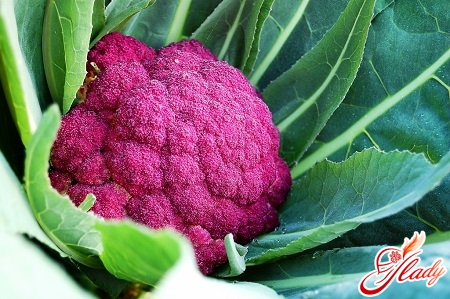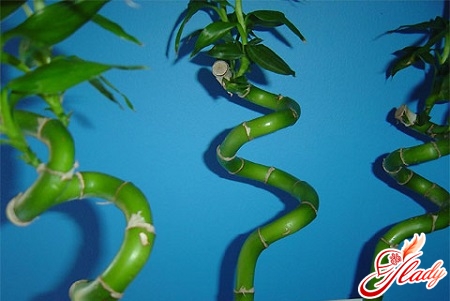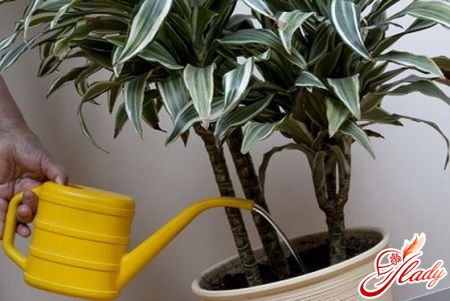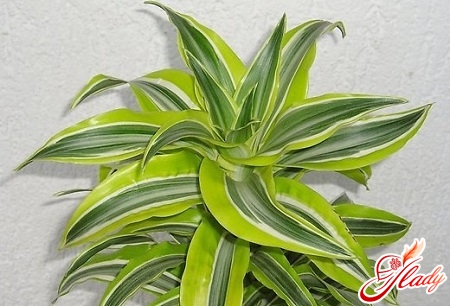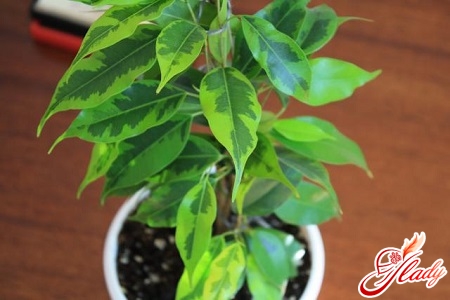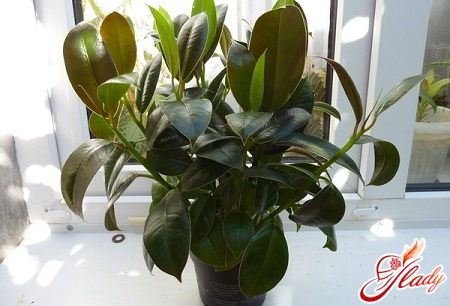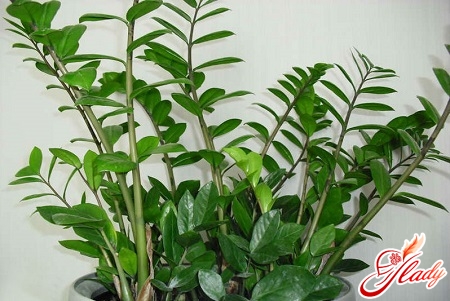 All lovers of indoor floriculture in one way or anotherare influenced by fashion to a different degree. It was fashionable to decorate windowsills with blooming geraniums, so almost every home had this symbol of home comfort. Exotic orchids came into fashion, and almost all gardeners began to grow them. And as soon as it became fashionable to keep a magnificent zamioculcas at home, there was a demand for it. And demand, as we know, creates supply. Therefore, today you can buy this wonderful indoor plant in many flower shops. And it is very easy to care for it. It often happens that even proper care does not save a newly purchased zamioculcas from death. At home, the flower begins to get sick, its luxurious greenery fades, and the leaves dry up. Why does this happen? What kind of care does this unpretentious flower need? How often should it be watered and fed? What mistakes do novice gardeners make? Let's try to figure it out.
All lovers of indoor floriculture in one way or anotherare influenced by fashion to a different degree. It was fashionable to decorate windowsills with blooming geraniums, so almost every home had this symbol of home comfort. Exotic orchids came into fashion, and almost all gardeners began to grow them. And as soon as it became fashionable to keep a magnificent zamioculcas at home, there was a demand for it. And demand, as we know, creates supply. Therefore, today you can buy this wonderful indoor plant in many flower shops. And it is very easy to care for it. It often happens that even proper care does not save a newly purchased zamioculcas from death. At home, the flower begins to get sick, its luxurious greenery fades, and the leaves dry up. Why does this happen? What kind of care does this unpretentious flower need? How often should it be watered and fed? What mistakes do novice gardeners make? Let's try to figure it out.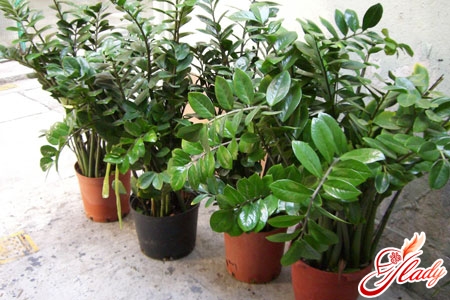
Aftercare care
The most important thing is to take proper care of the flower.immediately after purchase. You are probably aware that all greenhouse flowers grown for sale are treated with stimulants and kept in special conditions. And the soil in the pot with the purchased plant is not suitable for its permanent cultivation. Therefore, zamioculcas must be replanted after purchase. Only first you need to give the plant the opportunity to adapt to home conditions. The adaptation period to the new environment lasts about three weeks. After this time, the plant is transplanted into a permanent pot. It is best to choose a clay or plastic pot for this flower. It should not be very deep, but wide enough - it will be difficult to extract the flower from a narrow, tall pot during the next transplant. It is also necessary to prepare expanded clay drainage, which is made of clay and has high hygroscopicity. It can also be purchased at a flower shop. The drainage is placed on the bottom of the pot and covered with a layer of sand about a quarter of the volume of the container. A layer of soil mixture is poured on top of the sand (any universal, but loose soil will do). Then the zamioculcas is removed from the old pot together with the soil lump, placed in a new pot and the voids between the soil lump and the walls of the pot are filled with soil. The new soil is compacted and moistened. After transplantation, the zamioculcas requires regular care.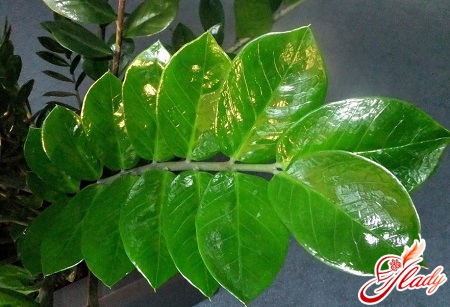
Basic care
Zamioculcas is rightfully considered to be veryan unpretentious plant that feels great at home. It easily survives forced drought, does not react painfully to temperature changes, is not afraid of direct sunlight and easily tolerates shading. There is no need to spray this plant. However, you should not expose the plant to stress - care must be competent, and the place for placing the flower comfortable. The best place for zamioculcas will be the windowsills of southern windows. However, it will feel quite comfortable on other windows as well. Only a flower growing on a northern windowsill needs more moderate watering, and its foliage will be a little smaller. In summer, this flower feels great outdoors. Therefore, in the warm season, it can be taken out onto the balcony, veranda or into the garden. Zamioculcas must be watered as the soil dries out. It is important to remember that this plant tolerates a lack of moisture much easier than excessive watering and stagnant water in the pan. This fact is explained by the tuberous form of the roots of zamioculcas, which are able to accumulate moisture for future use. But too frequent and abundant watering can lead to root rot. Therefore, the flower should be watered moderately, but regularly. Moreover, watering in the summer should be more frequent than in the cold season. In winter, zamioculcas is generally recommended to be watered very rarely. Zamioculcas, as we have already said, does not need spraying. However, this procedure will not be superfluous for it. So you can moisten the leaves and the air around the flower from time to time. Considering that the leaves of this plant are quite large, they must be periodically wiped from dust. And one more thing. Do not spray the plant if direct sunlight hits it - the lens effect will cause leaf burns. Zamioculcas is fed with complex fertilizers for houseplants, calculating the doses and frequency of feeding in accordance with the instructions for the drug. Fertilizers intended for cacti and succulents are also suitable for zamioculcas. Fertilize the flower only during the growth period, from mid-spring to early autumn. It is not recommended to feed it during the dormant period.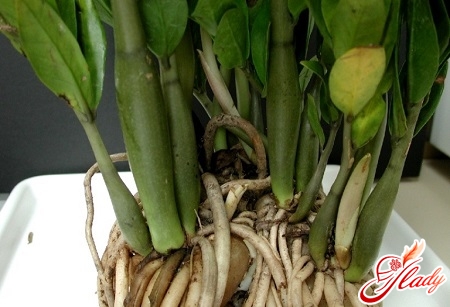
Reproduction
Reproduction of Zamioculcas at homeis quite feasible, although it is considered a difficult task. This flower can be propagated in several ways: by cuttings, dividing the rhizome or leaf. It is most convenient to divide the bush during the next transplant. However, you need to be prepared for the fact that zamioculcas will react painfully to this procedure. So, if you decide to divide the bush, then during the transplant you need to clean the roots from the soil as much as possible and try to separate them with your hands. If this does not work, then the roots are cut with a sharp knife. You can also divide the tuber itself by cutting it into several parts, each of which must necessarily retain an eye - the growth point of new shoots. The cut sites must be dried and sprinkled with crushed coal. Each new part is transplanted into a separate pot, the diameter of which should slightly exceed the size of the tuber. Watering and basic care are recommended for this method of propagation as usual, as for an adult plant. Only you should not fertilize the divided zamioculcas at first. Propagation by cuttings and leaves is considered a more gentle method and is more often used at home. Cut cuttings or leaves are rooted in a soil mixture of equal parts sand and peat. They are simply carefully stuck into the soil, the soil is slightly compacted and covered with a glass or plastic (transparent!) container. All that remains is to periodically water the seedlings and wait for new shoots to appear. True, you will have to wait a long time. Zamioculcas is a very slow-growing indoor flower, so rooting of cuttings and leaves takes a long time. It is possible that you will have to wait several months, or even a whole year.
Dangers
In general, zamioculcas is unpretentious.And although it cannot be called a capricious green pet, it can react painfully to improper care. The main danger is excess moisture. Too frequent and abundant watering will provoke root rot and the death of the plant. Therefore, the main condition for watering is to under-water rather than over-water. Zamioculcas does not like sudden temperature changes or strong drafts. Of course, the plant will not die from this, but it will lose its decorative effect - dark spots may appear on the leaves. With a lack of light, the shoots of the zamioculcas stretch out and thin out. Long exposure of the flower to direct sunlight can cause burns on the leaves. And in heavy clay soil, the flower may freeze and stop growing altogether. In short, try to properly care for your green pet, maintain comfortable conditions for this plant (warmth and bright diffused light) and provide it with timely moderate watering. Spray the flower from time to time and wipe the leaves from dust, and fertilize it during the growth period. This will be enough for the zamioculcas to feel good at home and please you with its magnificent greenery. Good luck! We recommend reading:




